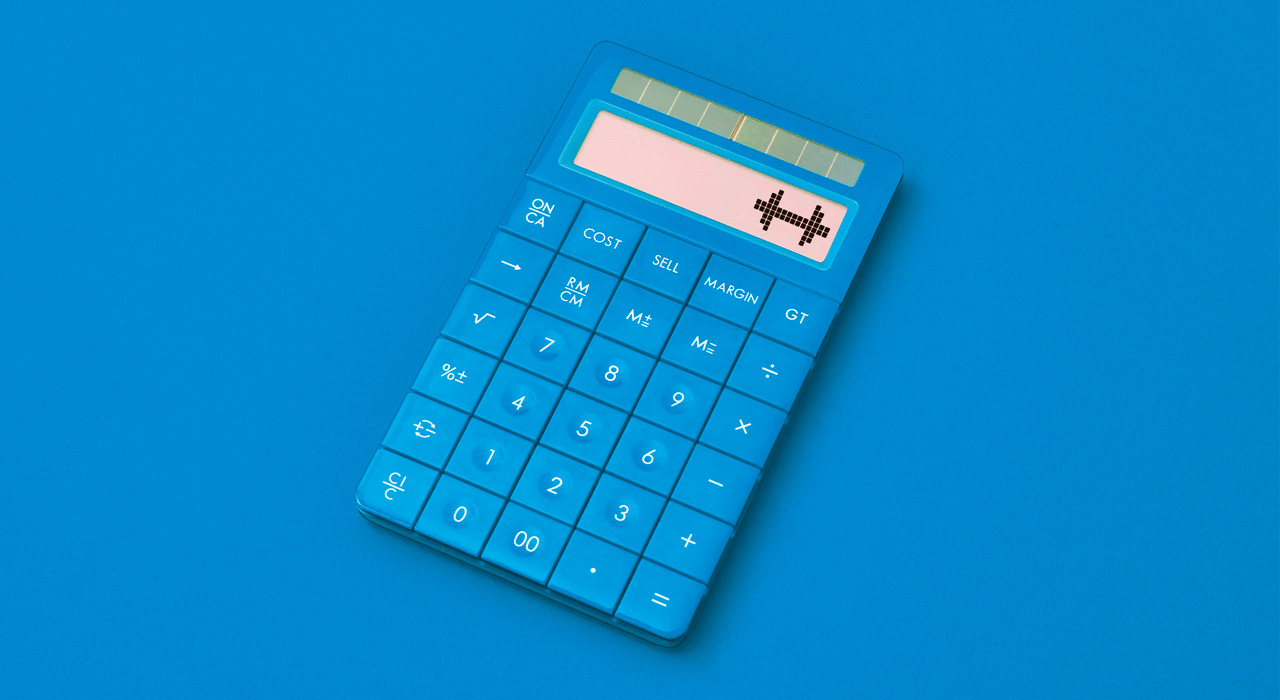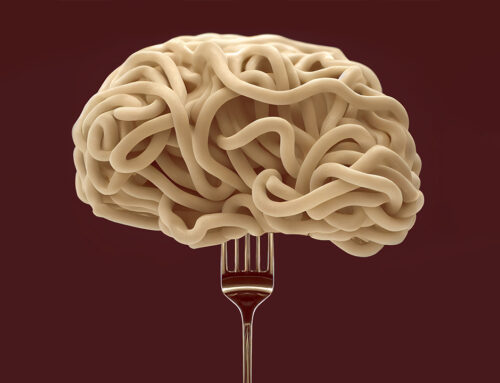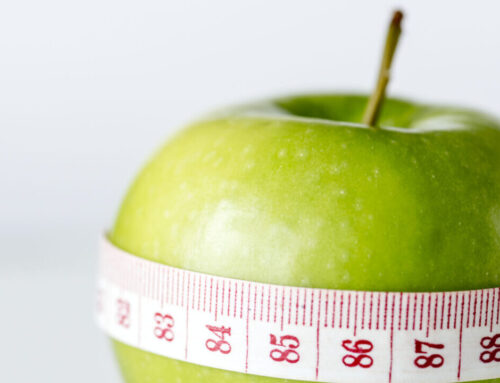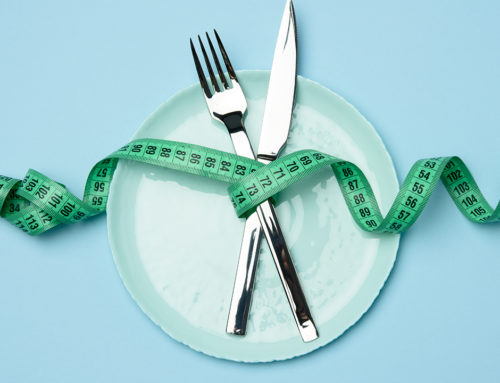Almost everyone who presses the ink on the dotted line of a gym contract is chasing the same goal: pack on muscle while culling body fat. But, the question remains the same; How many calories should I eat to gain muscle and stay lean?
Divvied up correctly, these ambitions really constitute two goals, and most experts suggest you should choose one or the other. However, you can set out to gain the maximum amount of muscle with the minimum amount of fat gain, and we’re going to show you how – but get your calculator out.
However, you can set out to gain the maximum amount of muscle with the minimum amount of fat gain, and we’re going to show you how – but get your calculator out.
Here’s your playbook for making sure you’re maximizing the nutrients and value you get from every gym outing:
How many calories should I eat to gain muscle and stay lean?
So, the first and probably most important thing is to align your calories to your goal because you need to have a positive energy balance to gain muscle. If it’s in a negative place you will lose weight, and if it’s in neutral you will stay the same.
Get your bodyweight in pounds and times it by 14 to work out the calories you need to maintain your body as it is. Now take these calories and move them into a slight surplus by adding 100-200 calories, not as much as 500 like many experts suggest.
If you whack too many calories on top you’re going to gain weight quicker, but it won’t necessarily be good weight in the form of lean muscle. It will most likely be fat, and that’s what you’re trying to avoid as much as you scientifically can. Use this example to understand it better:
Step 1: Mike weighs 180lb but wants to gain lean muscle and lose fat.
Step 2: 180 x 14 = 2,520 calories per day for maintenance.
Step 3: 2,520 + 200 = 2,720 calories required daily for lean gains.
The right macronutrient ratios to build lean muscle
Now that you know the amount of calories you need to gain lean size, your energy requirement should be divided between the three macronutrients – protein, fat and carbohydrates. You’re going to eat a certain amount of each, all of which have a caloric value that will add up to your surplus.
Below are the basic guidelines on how to work out your macros.
Protein: 0.8-1.1g per pound of bodyweight.
Fat: 20-30% of your overall calories.
Carbohydrates: These should make up the remainder of your calories.
Let’s bring Mike back to break down these ratios further. We know he weighs 180lb and his daily calories needed to gain lean size are 2,720. So, firstly, let’s work out his protein requirements:
Protein
180 x 1 = 180
So Mike needs 180g of protein daily.
Fats
Next, let’s work out how much fat he needs to eat:
2,720 x 0.25 = 680
Be careful, because that’s not 680g of fat, but 680 calories. Now take that amount and divide it by nine because that’s how many calories there are per gram of fat:
680/9 = 75.5
So Mike needs to eat 75.5g of fat per day.
Carbs
All that’s left to do now is work out how many carbs he needs to eat. As mentioned previously, this should take up the remainder of your daily caloric requirements. So, 680 calories are coming from fat, but we still haven’t worked out how many are from protein.
Well, protein has four calories per gram, so 180g x 4 calories = 720 calories. Add that to the number of calories he’s getting from fat (680) and you have a total of 1,400. Now subtract that 1,400 from 2,720 and what you’re left with is the number of daily calories Mike needs from carbs; in this case it’s 1,320.
Carbs also contain four calories per gram so divide 1,320 by four and you get 330, give or take the odd half.
Total calories to gain lean muscle
All of this means that to gain lean muscle Mike’s daily macros should be:
Calories: 2,720
Protein: 180g
Carbs: 330g
Fat: 75.5g
For the best results it’s important to eat as close to your required numbers as possible. There are lots of apps now with huge databases that make it easy to monitor your food consumption, and My Fitness Pal is probably the best one for achieving this.
Make calorie and macro adjustments to keep gaining muscle but less fat
Once you’ve worked out the calories and macros you need to achieve your goals, it’s important to remember that these aren’t going to be your numbers forever. Knowing when and how to adjust them is the key to success, and monitoring your weight is the safest method for achieving this.
So weigh yourself for seven consecutive days at exactly the same time every day in the same circumstances and then work out your average. If your average weight is the same for three weeks in a row then you should think about adjusting your calories, assuming your training is effective and you’re adequately recovered from each session.
Only make a slight increase of 100 calories and you can just slap this on top of your carbs or fat intake to see massively improved results from your training without having to work yourself so hard you end up having arms like Popeye.
Instead, this gradual approach will guarantee a leaner and more muscled you using the power of numbers.
For more articles to do with the question, how many calories should I eat to gain muscle, training and nutrition, get TRAIN magazine direct into your inbox every month for free by signing up to our newsletter







